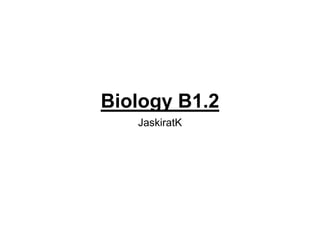The document outlines the roles of the nervous and hormonal systems in responding to environmental changes, highlighting the functions of receptors, neurones, and reflex actions. It explains the components of the human eye and their functions, as well as hormonal control in processes like the menstrual cycle and fertility treatments. Additionally, it discusses plant responses to stimuli, emphasizing tropisms and the influence of plant hormones.
















